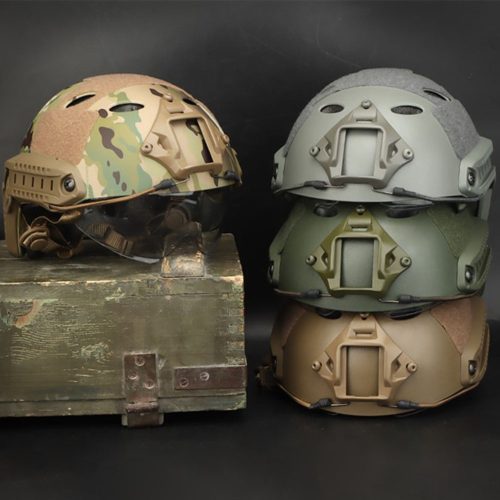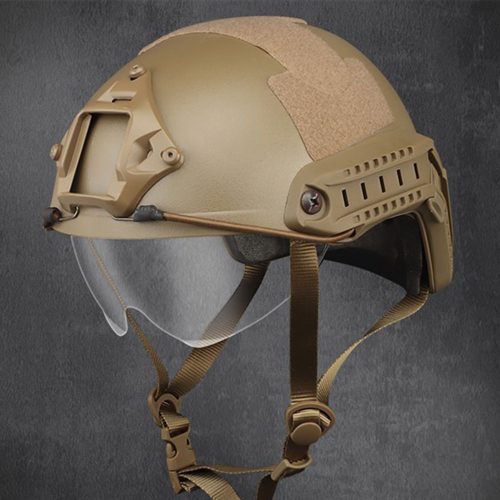Choosing the right helmet is crucial for safety, whether you’re biking, motorcycling, skateboarding, or participating in any activity where head protection is necessary. Here are some key factors to consider when selecting the right helmet:
- Safety Standards: Ensure the helmet complies with safety standards for your specific activity. In the United States, look for helmets that are certified by the Consumer Product Safety Commission (CPSC) for bicycling, or the Department of Transportation (DOT) for motorcycle helmets.
- Proper Fit: The helmet should fit snugly but comfortably on your head. It should not be too tight or too loose. Use the sizing chart provided by the manufacturer and try the helmet on in-store, if possible.
- Head Shape: Helmets come in different shapes to fit different head shapes. Oval, round, and intermediate oval are common head shapes. Choose a helmet that matches your head shape for the best fit and comfort.
- Adjustability: Look for helmets with adjustable straps and retention systems, like a dial fit, to fine-tune the fit for your head.
- Ventilation: Helmets with good ventilation are more comfortable, especially in hot weather. Make sure the helmet has adequate airflow.
- Weight: A lighter helmet is generally more comfortable for extended use. However, it should not compromise safety.
- Visibility: If you’re cycling, consider a helmet with reflective elements or bright colors to enhance visibility.
- Chin Strap: The chin strap should be adjustable and fasten securely. It should have a quick-release buckle for easy removal.
- Padding: The interior padding should be comfortable, moisture-wicking, and removable for cleaning.
- Visor: If you’re using the helmet for cycling, a visor can provide shade and protection from the sun and rain.
- Full Face vs. Half Face (for motorcycling): Depending on your motorcycle type and riding style, you may need a full-face helmet for maximum protection or a half-face helmet for more airflow. Choose the one that suits your needs.
- Price: While it’s tempting to go for a budget option, remember that your helmet is an essential safety device. Invest in a quality helmet that meets safety standards, even if it costs a bit more.
- Replace It When Necessary: Helmets have a limited lifespan and should be replaced after a severe impact or every 3-5 years, depending on the manufacturer’s recommendations.
- Brand and Reputation: Choose a reputable brand with a good track record in helmet safety and design.
- Try Before You Buy: If possible, try on several helmets to see which one fits your head shape and size best.
- Read Reviews: Look for online reviews and ask for recommendations from experienced riders or athletes in your chosen activity.
Remember that a well-fitting and high-quality helmet is one of the best investments you can make for your safety while enjoying your chosen activity. Prioritize safety over style when selecting a helmet.


